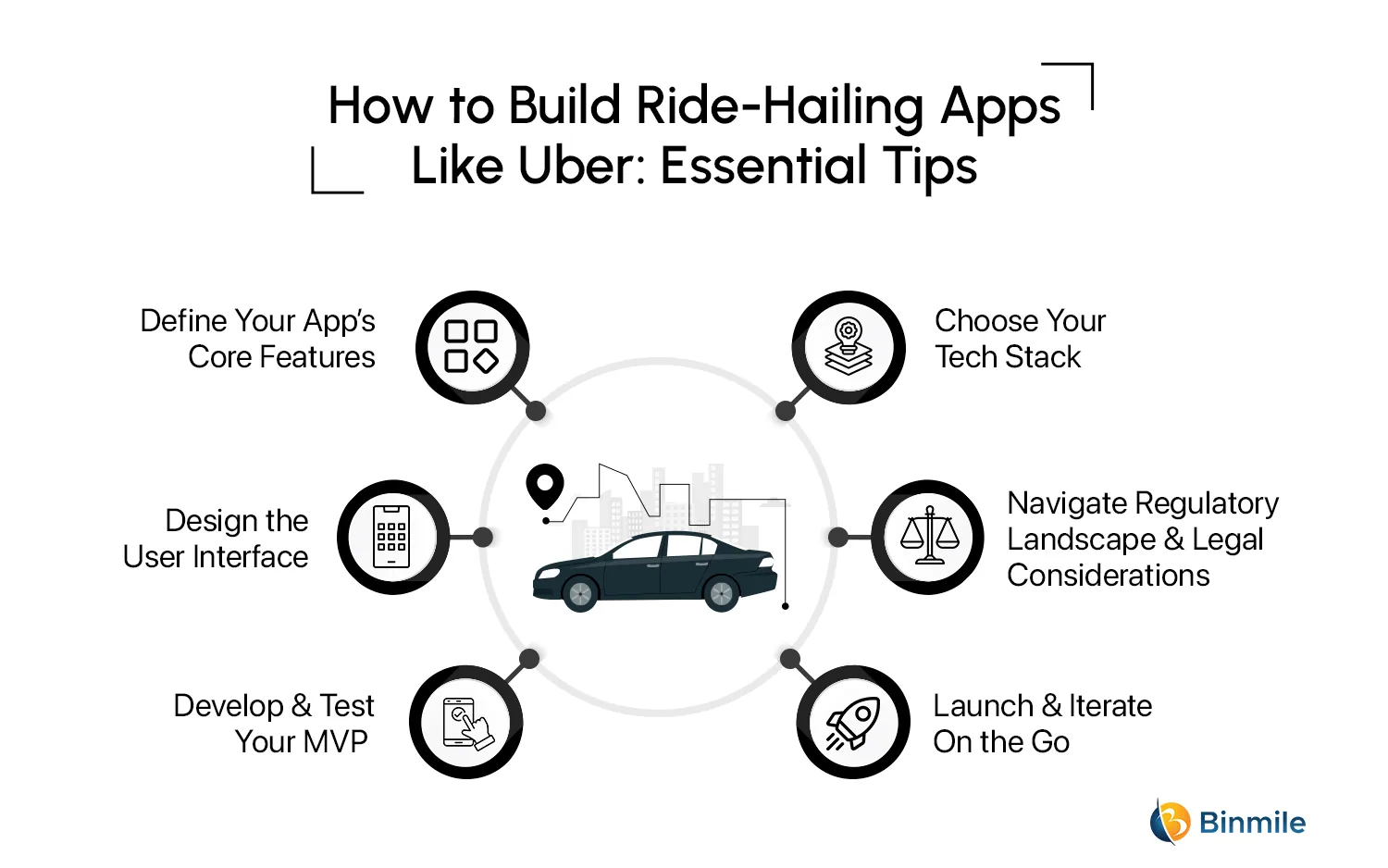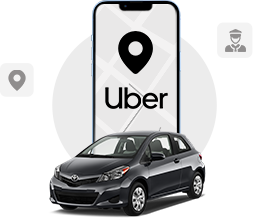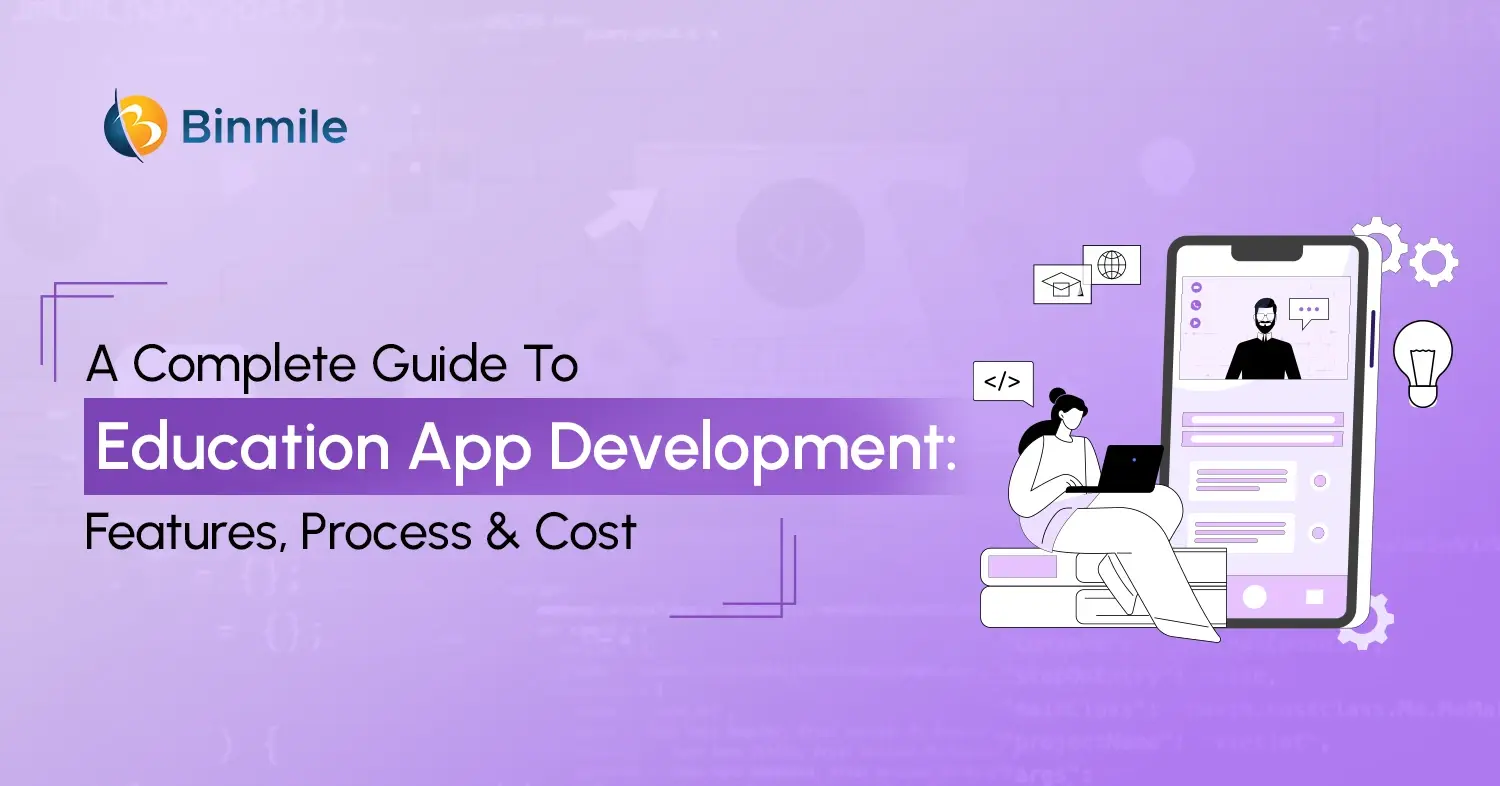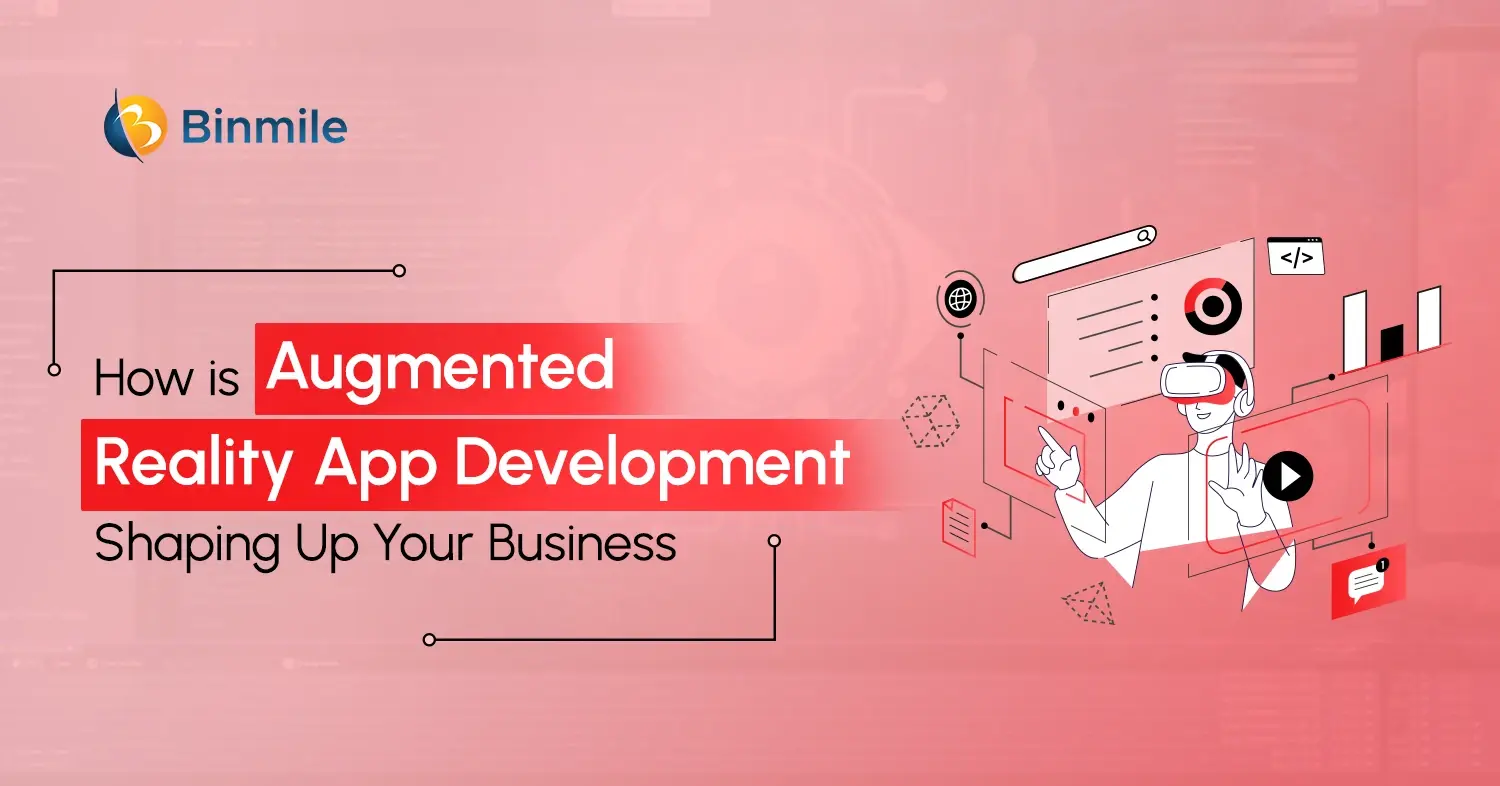Digitalization has redefined how we live, eat, learn, work, and even travel, especially smartphones, which have proven to be game-changers in the recent rise of urban transportation alternatives. Connecting with local rideshares is as easy as downloading an app or visiting a website. This is why the ridesharing market has witnessed a considerable surge in the last few years. Uber is the most vivid example of a taxi-hailing company that became a multi-billion business. In 2023, alone, Uber Technologies generated $37.281 billion in net revenue, a 16.95% increase from 2022. However, Uber has become more than just a cab-hailing company over the years. Based in San Francisco, Uber now operates in more than 70 countries and 10,000 cities across the globe.
There’s no doubt that the company has revolutionized traveling, transportation, and mobility for people around the world. So, if you also see yourself doing the same and have an intention to build an app like Uber, then this blog is for you. To start in this ride-hailing segment and cause a market shift, you need a top-quality app. But what exactly makes for a successful ride-sharing app? How much does it cost to build a ride-share app like Uber?
Let’s dive in to know!
Essential Tips to Start Creating Ride-Hailing Apps Like Uber: Comprehensive Guide
To build an app like Uber, the first thing you need to do is conduct extensive market research and create a business model based on market demand. This research phase can also help you identify a unique on-demand app idea for your business, tailored to your target audience’s needs. For the next step, we’ve compiled a list of essential steps that will help you effectively build app like Uber:
1. Define Your App’s Core Features
Examine Uber’s key features and decide which ones are essential for your MVP. Uber’s core functionalities include ride booking, driver-rider matching, real-time tracking, fare estimation, and in-app payments. Also, consider additional features like ride-sharing, scheduling rides in advance, and driver ratings. Determine which of these you’ll implement initially and which can be added later. Don’t forget about safety features like Uber’s emergency button and trip sharing.
2. Choose Your Tech Stack
While Uber’s exact tech stack is proprietary, we know they use a microservices architecture for scalability. For your backend, consider using Node.js or Go, which are known for handling high-concurrency situations well. For the mobile app, you might use Swift for iOS and Kotlin for Android, similar to Uber’s native app approach. Alternatively, consider cross-platform frameworks like React Native or Flutter for faster development. Implement a robust mapping solution; Uber previously used Google Maps but has since developed its mapping technology. However, it’s up to you if you’d like to use Google Maps or create your own.
3. Design the User Interface
When you assess Uber’s interface closely, you’ll notice how they’ve simplified the booking process to just a few taps. Focus on other important design elements such as the use of color, particularly the contrast between the map and UI elements. Consider Uber’s approach to displaying driver information, estimated arrival times, and fare breakdowns. While you shouldn’t copy Uber’s design, just take inspiration from the core principle which is to make the entire design look simpler, intuitive, and engaging through visual elements.
4. Navigate Regulatory Landscape & Legal Considerations
This is a crucial step which is to thoroughly research the legal and regulatory environment for ride-sharing services in your target markets. Learn from Uber’s struggle with numerous legal challenges worldwide. Start by investigating transportation laws, licensing requirements for drivers, insurance regulations, and data privacy laws in your operational areas. You could also consult with legal experts specializing in transportation and tech startups. Don’t skip a comprehensive compliance plan. This should include processes for driver background checks, vehicle inspections, and ongoing monitoring to ensure adherence to local regulations. Remember, a strong foundation in legal compliance can be a significant competitive advantage in the ride-sharing market.
5. Develop & Test Your MVP
Start with a basic version of your app focusing on the core ride-hailing experience. Uber began in San Francisco with just a basic black car service before expanding. Similarly, you might start in one city or region with a limited set of features. But don’t skip robust testing services of your app to ensure that it is functional, meets, and delivers a seamless user experience. Also, implement safety procedures such as real-world trials with actual drivers and riders. Pay special attention to your matching algorithm and ETA calculations, as these were key factors in Uber’s early success.
6. Launch & Iterate On the Go
Launch your MVP in a specific market, similar to how Uber started in San Francisco. Gather user feedback aggressively and be prepared to make rapid iterations. Study how Uber expanded to new markets and consider a similar city-by-city rollout strategy. Focus on building a reliable driver network, as this was crucial to Uber’s growth. Plan for future features like food delivery app (UberEATS) or package delivery, but only after establishing your core ride-sharing service.
Ride off to success with your taxi booking app & revolutionize the ride services industry with a fully customized & top-quality app now!

Also Read : Ai in Transportation
Key Features Your App Like Uber Needs to Succeed
To create a successful app like Uber, you’ll need to focus on key features that provide a seamless user experience for both riders and drivers and meet their specific needs. Here are 5 essential features to consider:
- Allow users to create detailed profiles, including personal information, payment methods, and vehicle details (for drivers).
- Implement a verification system to ensure the authenticity of user-profiles and enhance trust.
- Utilize GPS technology to accurately determine the location of both riders and drivers.
- Develop an algorithm that efficiently matches riders with nearby drivers based on factors like distance, availability, and vehicle type.
- Provide riders with estimated fares and arrival times before booking.
- Offer various payment methods, including credit cards, debit cards, and digital wallets.
- Implement robust security measures to protect user payment information and prevent fraud.
- Allow riders and drivers to communicate directly within the app using secure messaging features.
- Provide an option for riders and drivers to call each other for any necessary clarifications.
- Enable riders and drivers to rate and review each other after a ride.
- Use ratings and reviews to maintain quality standards and address any issues.
Also Read: On-Demand App Development Process
Revenue Models for Apps Like Uber
So, Uber makes a profit from rides and has a ride calculator that mixes the following criteria:
- Base tariff (a fixed cost that the app charges for the ride service)
- Fee for reservation (a fee to cover the operating cost)
- Per minute cost
- Per mile cost
Even though Uber uses a fairly dynamic pricing model, however, keep in mind that the ride cost changes are influenced by factors – the availability of free drivers, holidays, bad weather, and traffic, among others.
So, if you’re interested in having your revenue model then consider these two:
- Charging fees from drivers
- Charging fees from passengers
- Subscription or membership programs
- Advertising and Partnerships
Did You Know: How to Generate Revenue from Apps
How Much Does It Cost to Build an App Like Uber

The cost of building an app like Uber is similar to any mobile app development cost that involves navigating various cost-related hurdles. Factors such as mobile app type, complexities of features, and even UI/UX design intricacies have a lot of say in defining your app development cost. On average Uber app development costs can be anywhere between $50,000 to $250,000 for one platform (iOS or Android). Notably, the more platforms and features you add, the higher the development cost.
How to reduce the cost of app development?
To build an app like Uber without breaking the bank seems a challenging task but not impossible. So, here’s the lowdown: other than focusing on essential features first, leverage free tools whenever possible. Start small with a basic version, and then add features as you go. Additionally, go for outsourcing mobile app development as not only does it eliminate the need for heavy investment in infrastructure, or maintenance costs for the same but it does more. You get to tap into a larger talent pool of developers with specialized skills and expertise without the need to train or hire dedicated resources, which can improve your productivity and efficiency.
Create your own ride-hailing success story with our top-notch app development services!

Summing It Up
The future of on-demand taxi-booking apps looks promising due to the growing customer demand for a quick, easy, and efficient traveling experience. Although cab/taxi-booking giants such as Uber or Ola have cemented their place in the industry and continue to work aggressively on global expansion, there’s still plenty of room for new players to innovate. So, if you’re also looking forward to building an app like Uber, you need to have a plan of action ready. Consider essential features, a robust technology stack, and a focus on user experience and safety. Hopefully, this blog has given you an in-depth insight into the key elements needed to create a competitive ride-hailing platform.
With dedication and the right approach, your riding app can carve out its niche in the ever-growing transportation market. Therefore, if you are planning to launch a cab booking app like Uber, this is the right time. For more insight, you can get in touch with a leading app development services company to transform your vision of building an Uber-like app into reality!
Frequently Asked Questions
Key features include user registration, real-time GPS tracking, ride booking, driver matching, in-app payments, push notifications, and reviews/ratings. Advanced features like surge pricing or ride scheduling can enhance user experience. Learn more in our blog on how to make an app like Uber.
Focus on intuitive UI/UX design, fast loading times, and seamless navigation. Conduct user testing to gather feedback and refine the app. Incorporate features like one-tap ride booking and clear pricing to enhance user satisfaction during on-demand Uber app development.
Yes, launching a Minimum Viable Product (MVP) is a smart strategy. An MVP includes core features like ride booking and payments, allowing you to test the market and gather user feedback before scaling.
Implement end-to-end encryption for data, secure payment gateways (e.g., Stripe, PayPal), two-factor authentication, and regular security audits. Protect user privacy by complying with GDPR or CCPA. Our blog on how to create an app like Uber covers security best practices.









